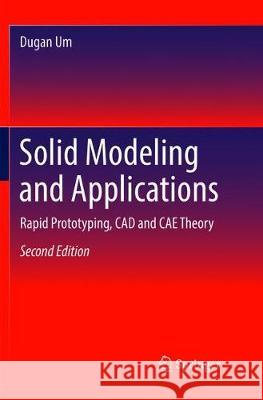Solid Modeling and Applications: Rapid Prototyping, CAD and Cae Theory » książka
topmenu
Solid Modeling and Applications: Rapid Prototyping, CAD and Cae Theory
ISBN-13: 9783030090319 / Angielski / Miękka / 2019 / 335 str.
Kategorie:
Kategorie BISAC:
Wydawca:
Springer
Język:
Angielski
ISBN-13:
9783030090319
Rok wydania:
2019
Wydanie:
Softcover Repri
Ilość stron:
335
Waga:
0.54 kg
Wymiary:
23.62 x 21.59 x 1.78
Oprawa:
Miękka
Wolumenów:
01











